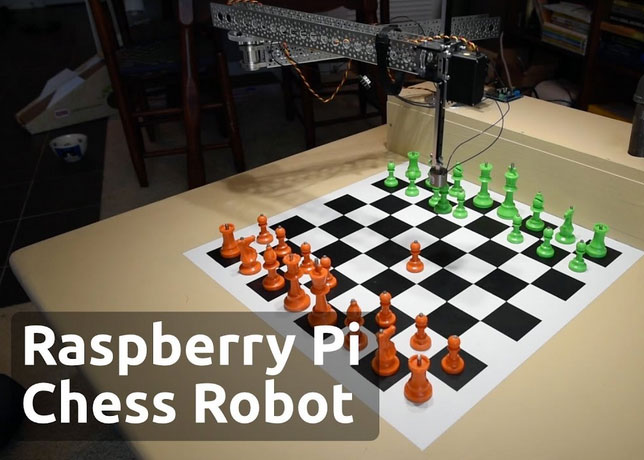


Chess is famous as perhaps the most respected board game ever played, and we often
Raspberry Turk is, in the simplest terms, a robot that can play chess. It’s named after the famous mechanical Turk, a fake chess-playing robot from the late 18th century. But unlike the original Turk, whose chess-playing prowess came from a chess master hiding inside the box, the Raspberry Turk is the real deal, able to identify pieces on the board, pick them up to move them, and play an actual real-world game of chess.
The Raspberry Turk is also surprisingly deep for what seems like such a simple project. Meyer had to figure out how to get his system to figure out where pieces are, train a neural network to identify different pieces, and assemble an articulated servo arm to move around pieces.

It’s a cool DIY project on its own, but the best part about the Raspberry Turk is how well-documented the open-source project is. Meyer’s site goes through the entire development of the Raspberry Turk in incredible detail, and it’s an impressive read. The project is written almost entirely in Python and runs on a Raspberry Pi, and Meyer’s documentation is so through that you’d probably be able to put one together on your own assuming you’ve got the technical knowledge (or are interested in learning).
Source: The Verge, GitHub, Raspberry Turk
